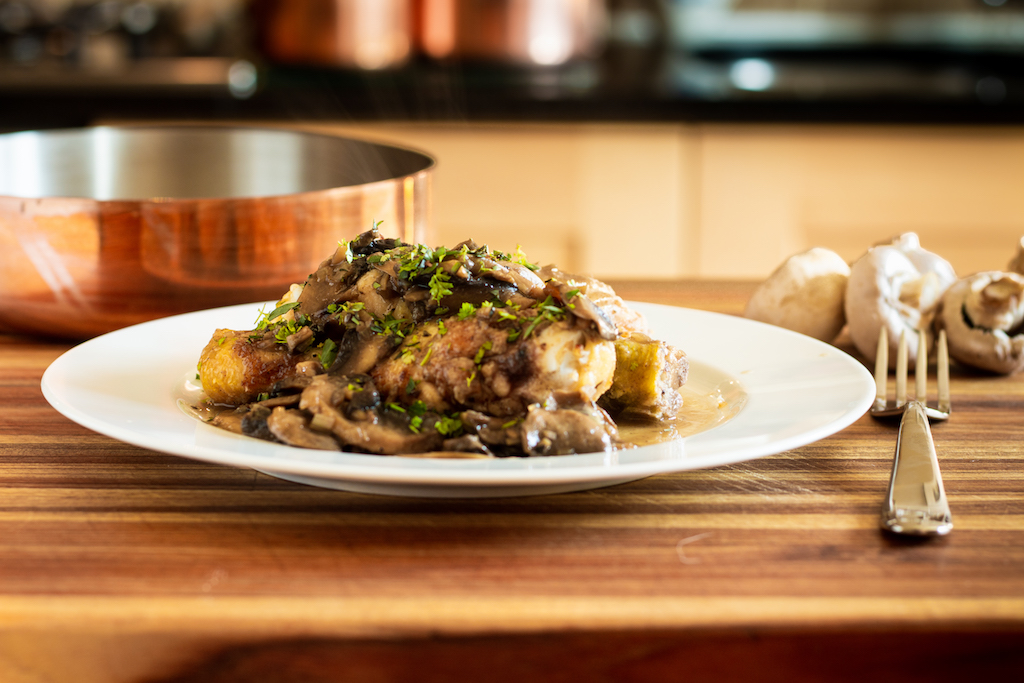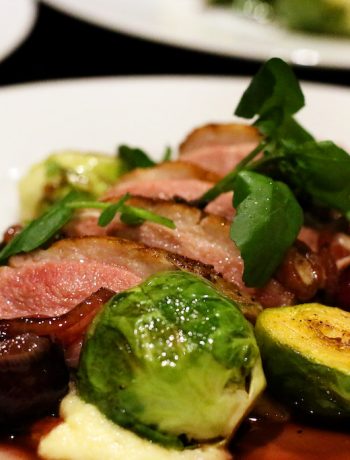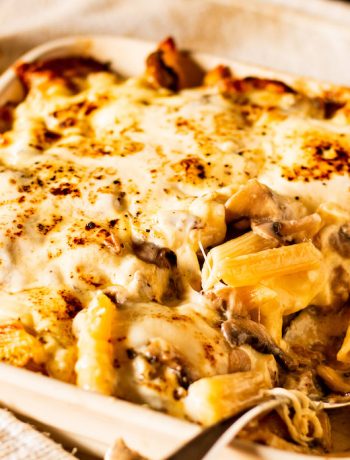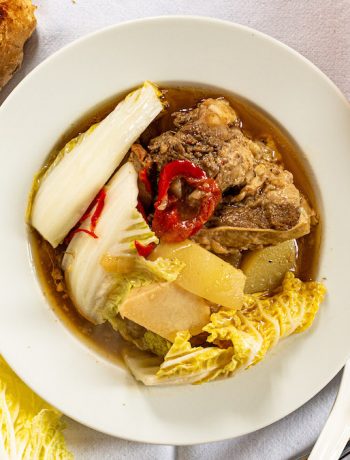Duke Philippe de Mornay (1549–1623) liked to live life on the edge. He was a Protestant supporter of the Hugenots right around the time when the French regime was likely to execute you for failing to say your Hail Marys. He fought in battles at Rouen, Ivry and Dieppe, and was a lucky survivor of the St Bartholemew’s Day Massacre in which the all-powerful Medici family attempted to wipe out the Hugenots.
I have a lot of personal sympathy for Mornay. I am an Eastmond, and some etymologists tell us that ‘Eastmond’ is the same name as ‘Eastman’ and (critically) ‘Edmond’ or ‘Edmund.’ Edmund is known to be a Northern French name closely associated with the Hugenots. So, were it not for Mornay and his colleagues, there is every chance that the Eastmonds would never have existed.
While most histories of Philippe de Mornay focus on his religious preferences and his delicate tiptoeing through the graces and favours of the English and French royal courts, certain food historians have named him as the inventor of mornay sauce, béchamel sauce and chicken chasseur. What do we think of that? Somehow it seems improbable that a French duke would have time to mess about in the kitchen. The mornay sauce story is in doubt as the recipe was not written down in its current form until the 19th Century. The head steward to Louis XIV was called Louis de Béchamel (1630–1703), and he is also credited with the béchamel sauce. Whether the chasseur story is also nonsense, we will never know.

Chicken chasseur comes from the same tradition as the Italian pollo alla cacciatore, and both dishes translate to ‘hunter’s chicken.’ The idea is that hunters out looking for game and fowl would also collect herbs and mushrooms along the way and throw the whole lot at the cook in the evening.
A friend recently asked me for an authentic French chicken chasseur recipe, but I was away from home and did not have access to my usual resources for finding the origins of dishes. On my return, I dug into Larousse and found a bang-up genuine recipe that I have adapted a bit here. The Larousse recipe is complicated by having a sub-recipe for chicken stock right in the middle of it. Larousse also calls for button mushrooms. Our recipe uses larger mushrooms, but we chop the stems very finely to richly flavour the sauce. You can use any chicken stock, either home-made or from a Knorr stock pot.
Poulet de chasseur
Ingredients
- 4 chicken legs
- 6 tbsp plain flour
- 225g closed-cap mushrooms, caps sliced, stems finely chopped (fine brunoise)
- 100g butter
- 1 banana shallot, chopped
- 800ml chicken stock
- 3 tbsp dry white wine
- 3 tbsp cognac
- 1 large sprig of tarragon, chopped
- 1 large sprig of chervil, chopped
- Salt and freshly ground black pepper
Instructions
Preheat an oven to 160˚C.
Season the chicken on all sides and dust with the flour. Melt 80g of the butter in an oven-proof pan and fry the chicken pieces on all sides until golden brown. Transfer the pan to the oven, cover and cook for 15 mins.
After 15 mins, remove the pan from the oven and set the chicken aside to keep warm. Cook the mushrooms in the pan used for the chicken for about 10 mins. Remove any excess fat. Add the shallot and the cognac and flambé. Add the wine and reduce a little. Add the stock and reduce by at least half.
Whisk in the remaining butter to thicken the sauce a little and add the chicken pieces back in. Add the herbs, and then check your seasoning.
Serve on warm plates with crusty white bread and some green beans.
Notes
The chervil can be swapped for parsley as chervil can be hard to locate in the UK (we grow it), but you will lose some of the lovely aniseed flavour.






No Comments